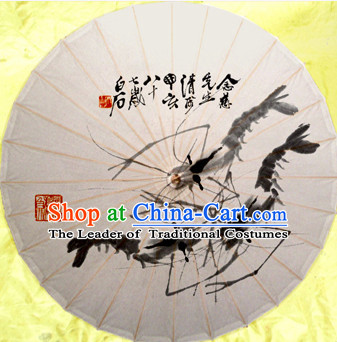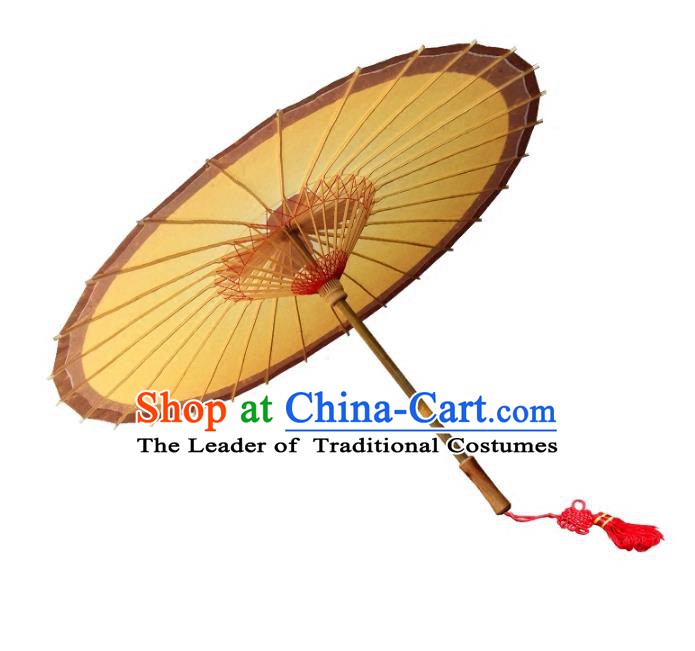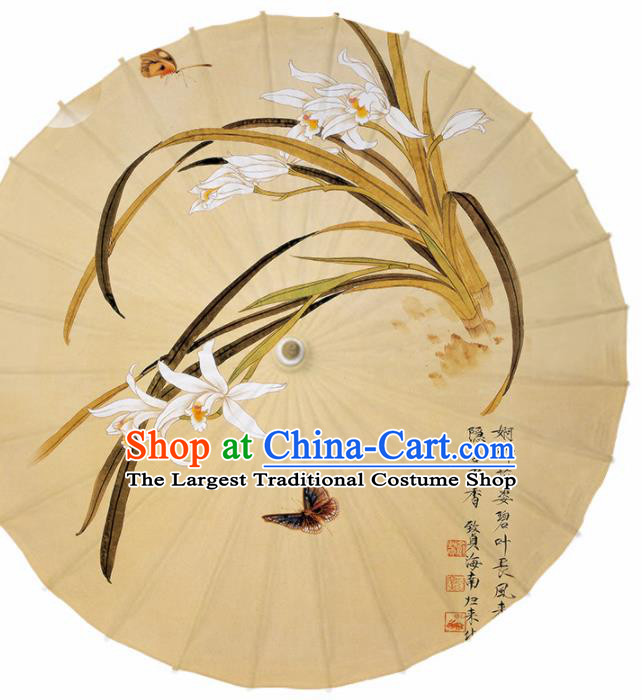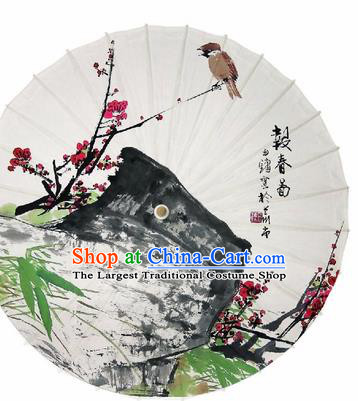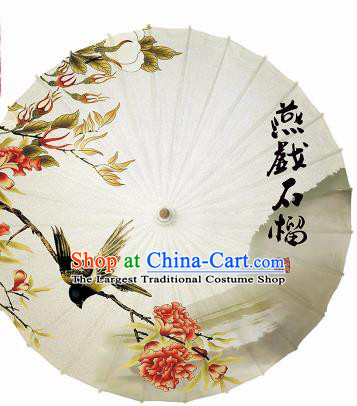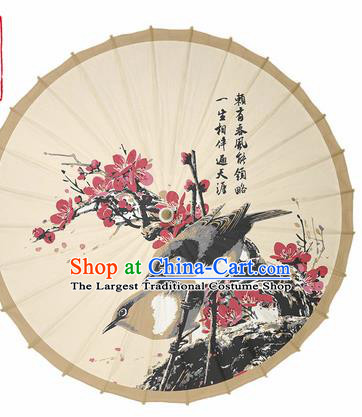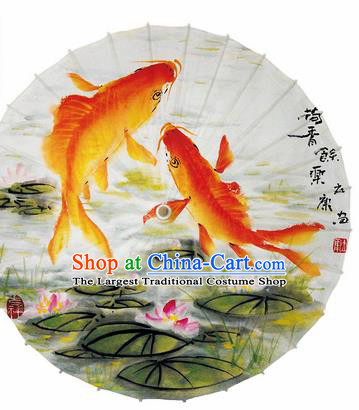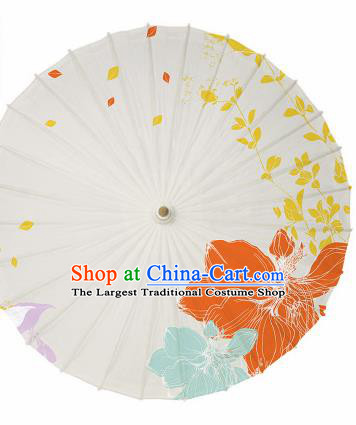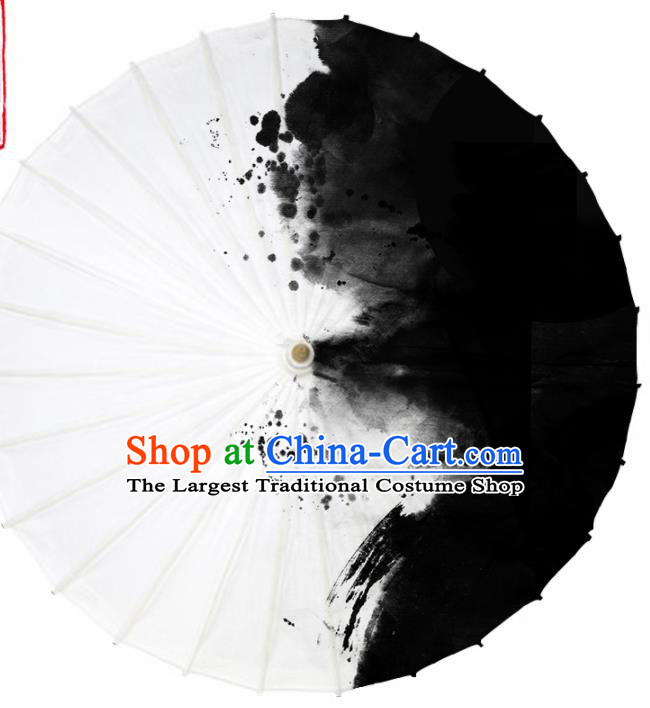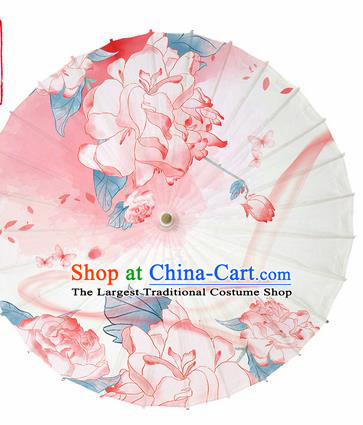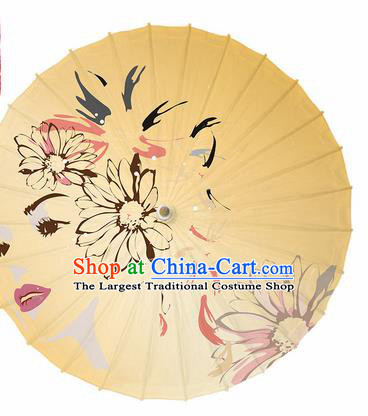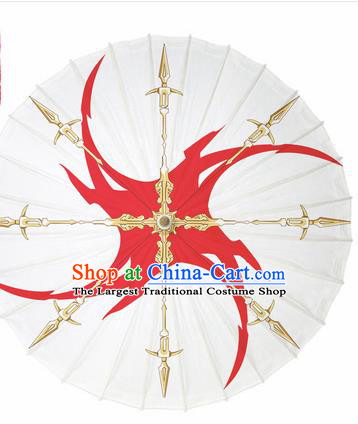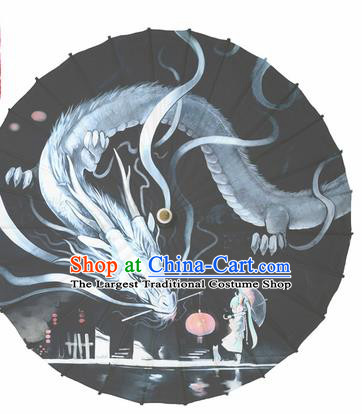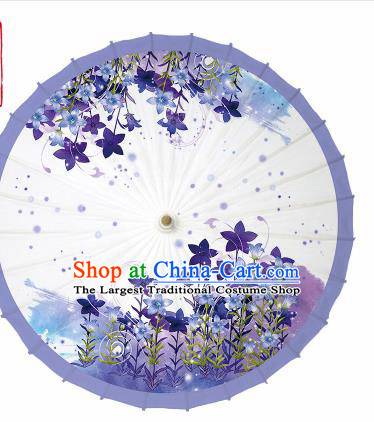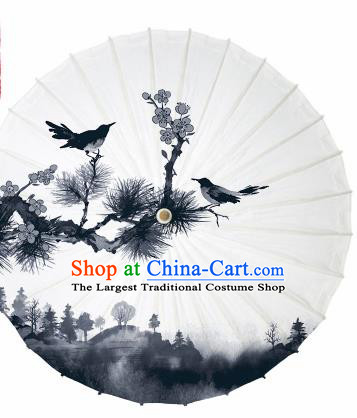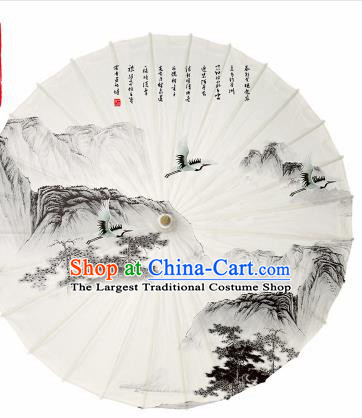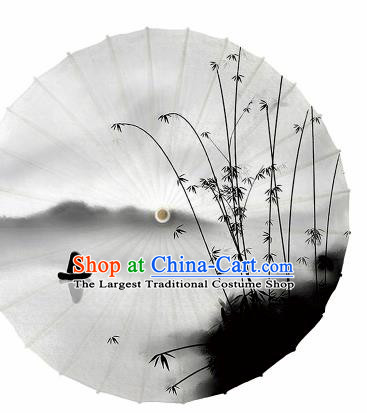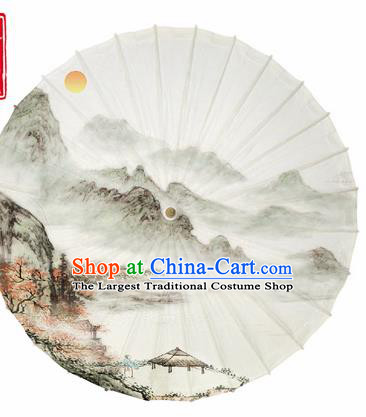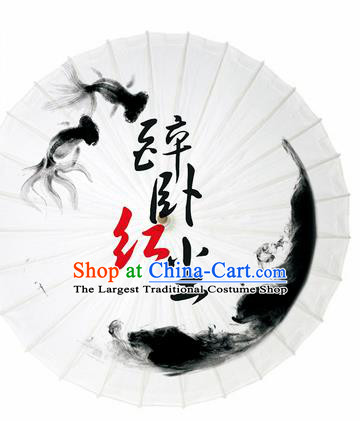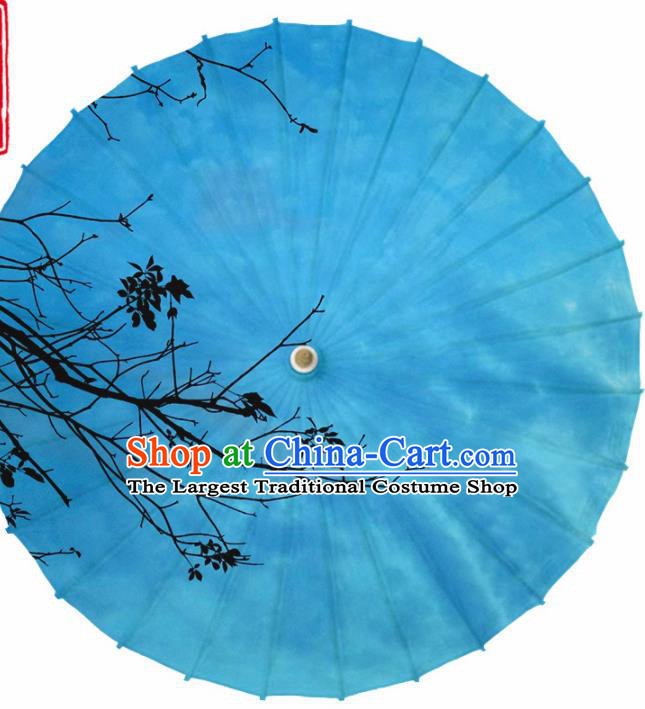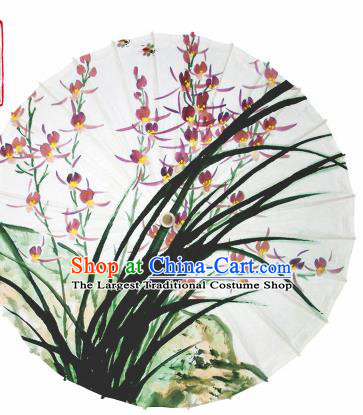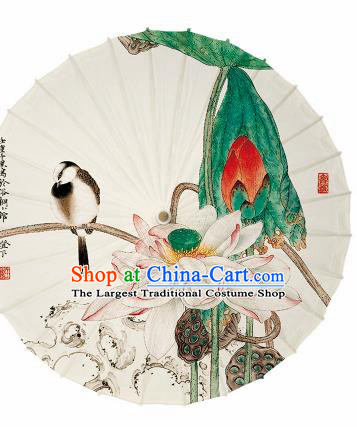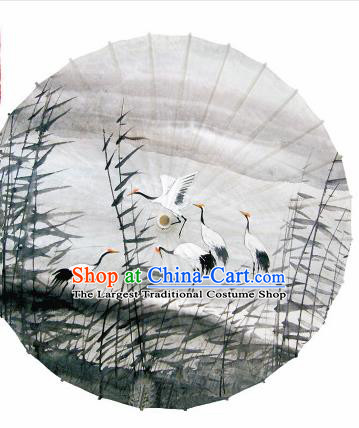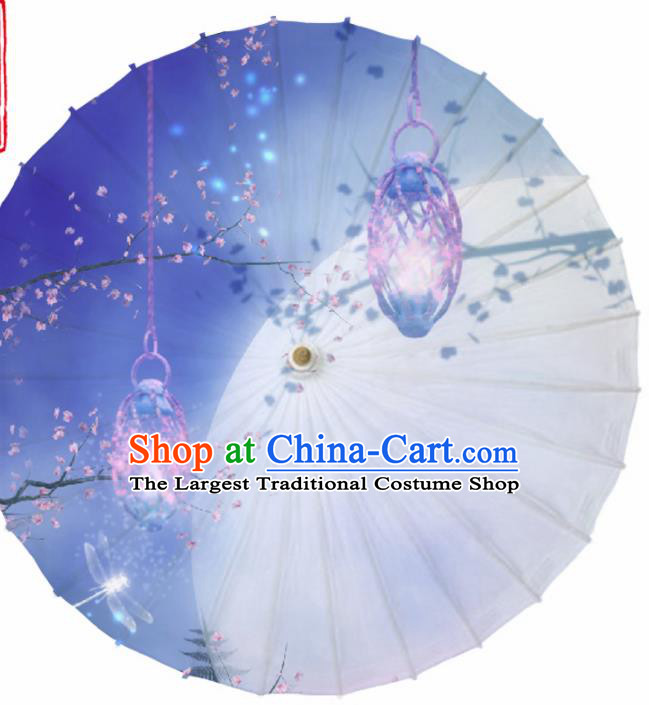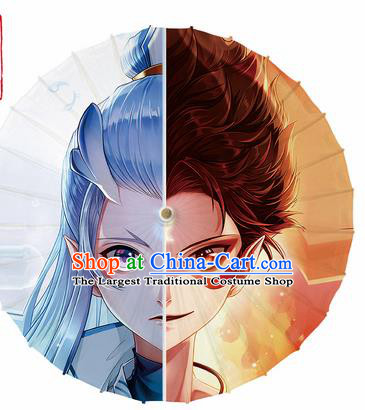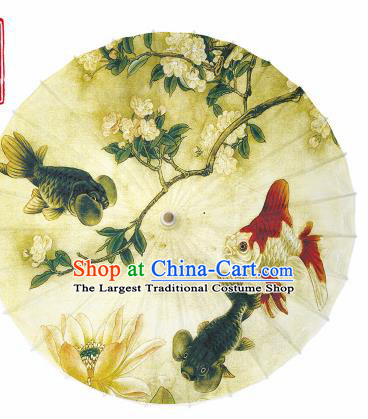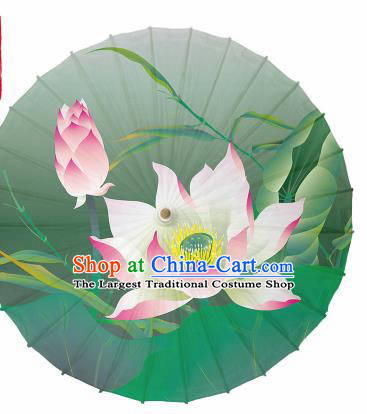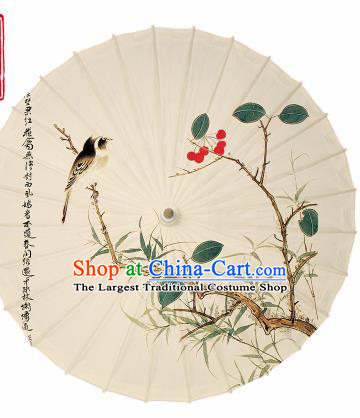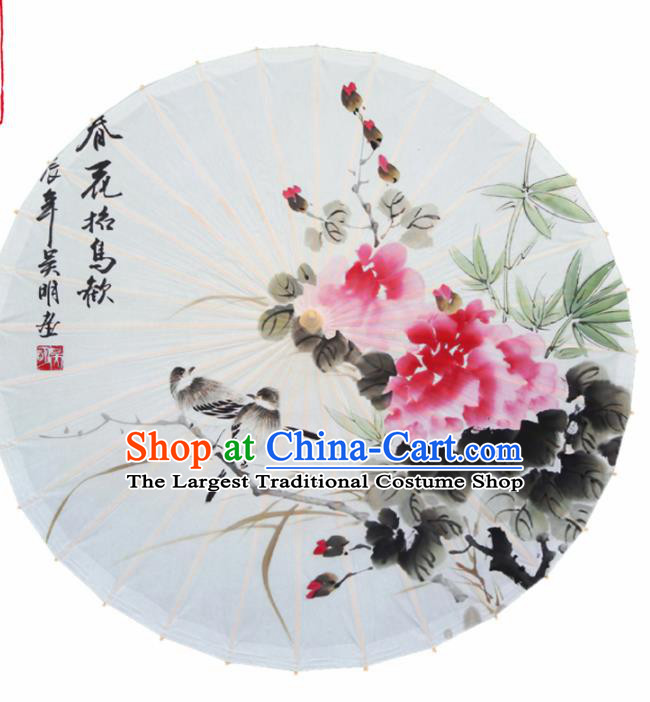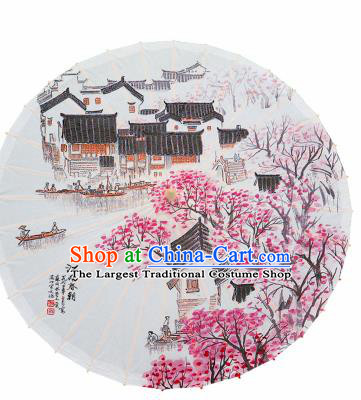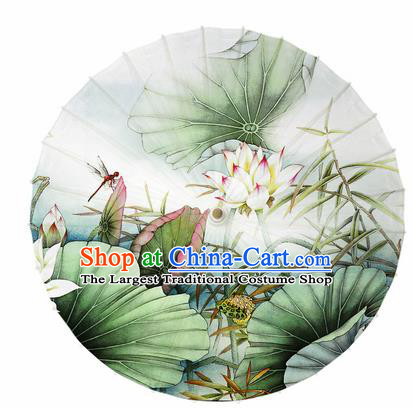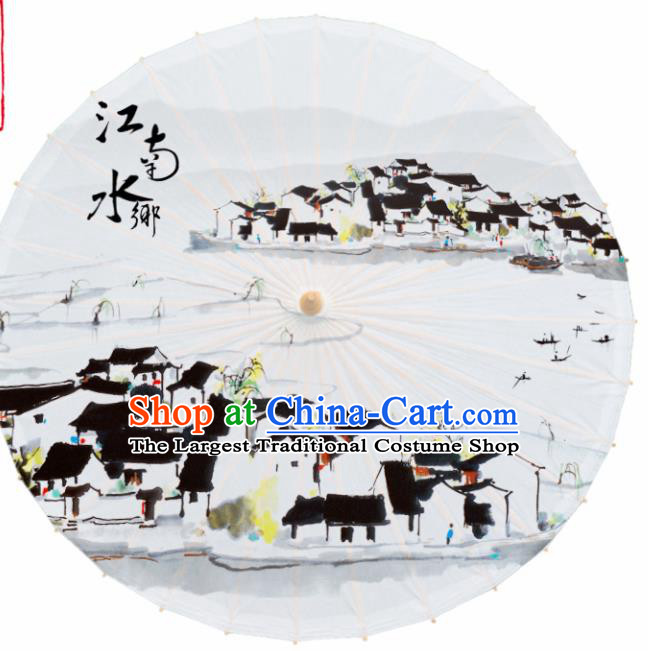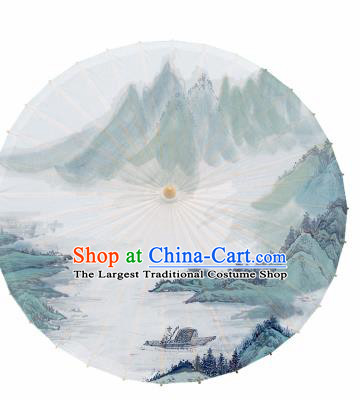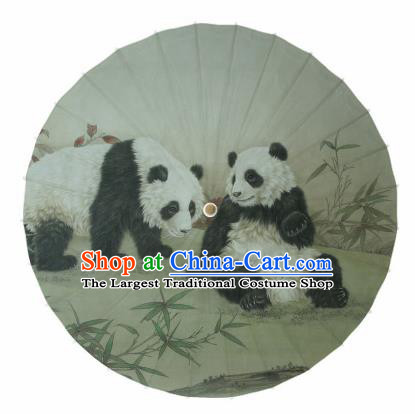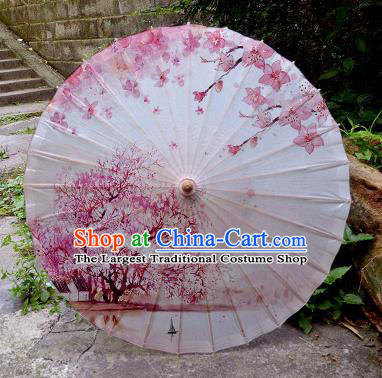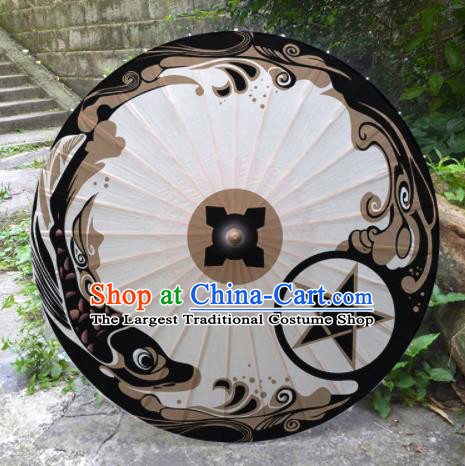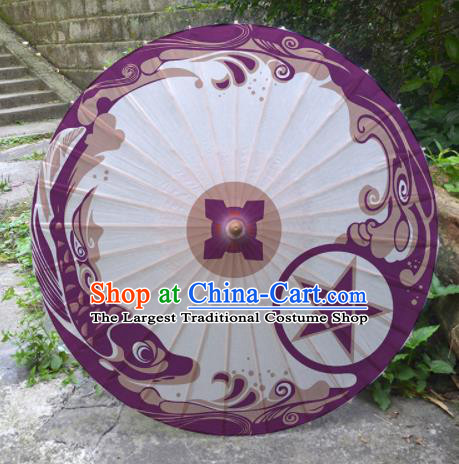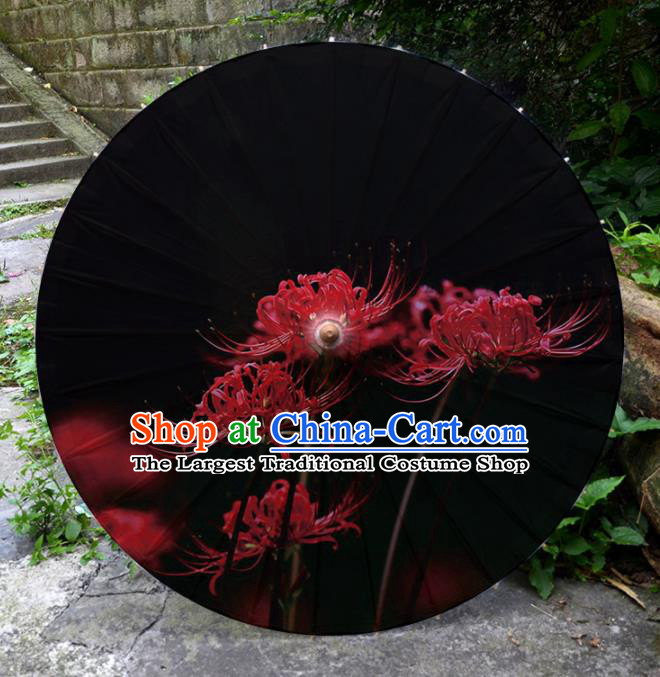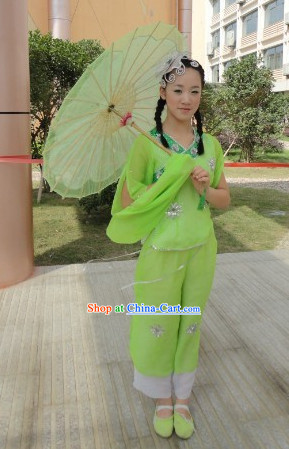
Click Related Pictures for More Audios:
Classical Chinese dance costumes and umbrellas are an art form that embodies rich spiritual and cultural significance, as well as historical meaning.
They represent the essence of ancient Chinese culture and showcase an elegant, refined, and unique aesthetic.
In ancient China, dance was considered an important form of artistic expression, complementing poetry, music, and theater.
Classical dance is one of the oldest and most representative types of Chinese dance.
It usually involves a group of dancers expressing emotions and stories through specific movements and postures.
Costumes play a crucial role in classical dance.
They not only provide protection and comfort but also convey specific themes or emotions through color, pattern, and material choices.
For example, red often symbolizes joy and prosperity, while blue represents tranquility and depth.
Additionally, costume design is influenced by religious, historical, and social contexts.
Aside from costumes, umbrellas are also an integral part of classical dance.
Usually made of bamboo or wood, they come in various shapes such as round, square, or long stripes.
The colors and patterns of the umbrellas also echo the costumes to enhance the overall visual effect.
During performances, dancers hold the umbrellas and perform various movements and postures.
These movements can range from simple waving, spinning, or jumping to complex choreography and coordination.
The use of umbrellas not only adds beauty and visual appeal to the dance but also provides additional support and balance for the dancers.
In summary, traditional Chinese classical dance costumes and umbrellas are an art form with historical significance that represents the essence and uniqueness of ancient Chinese culture.
By appreciating these artworks, we can better understand and appreciate the charm and value of Chinese traditional culture.
